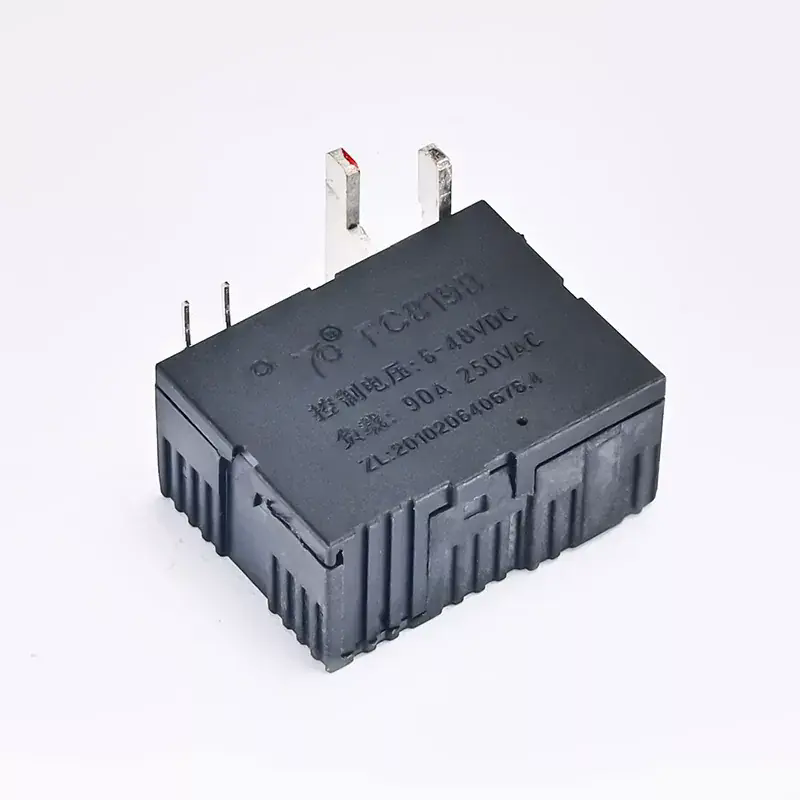Understanding Latching Relays: A Key Component in Electrical Control Systems
2025-02-06
In the world of electrical engineering, the efficient management of power is crucial. One device that plays an essential role in this process is the latching relay. Unlike traditional relays, which require constant power to maintain their state, latching relays are designed to "latch" in a position once activated, maintaining that state without requiring continuous power. This feature makes them ideal for a variety of applications, from energy-efficient designs to systems where power conservation is important.
What is a Latching Relay?
A latching relay is an electromechanical switch that maintains its position once set, even after the activating signal has been removed. It’s essentially a type of relay with two stable states: one for ON and one for OFF. When a pulse is applied, the relay switches between these states, and it stays in the new state until another pulse changes it. This makes latching relays particularly useful in situations where you want to avoid the constant power consumption typically associated with standard relays.
How Does a Latching Relay Work?
Latching relays operate using a mechanical latch or magnetic mechanism to maintain their position. There are two primary types of latching relays:
1. Single-Coil Latching Relay: This type uses a single coil to move the relay to either state. The coil is energized by a pulse, and the relay remains in that state even after the pulse ends. Another pulse in the opposite direction moves the relay back to its original position.
2. Dual-Coil Latching Relay: This type uses two coils — one to set the relay to the ON position and another to reset it to OFF. These relays are often more precise and have better control, especially in high-power applications.
The key advantage of a latching relay is that it retains its position without drawing continuous current. This feature makes it ideal for battery-powered or energy-efficient systems.
Key Benefits of Latching Relays
1. Energy Efficiency: Since latching relays only require power for a short duration (just long enough to switch positions), they consume less energy compared to traditional relays, which need continuous power to maintain their state.
2. Cost-Effective: Reduced power consumption translates to lower energy costs, making latching relays a cost-effective choice for many applications.
3. Reliability: Latching relays are known for their durability and reliability. Their ability to hold their position without needing constant power reduces wear on the relay, leading to a longer service life.
4. Compact Design: These relays are often smaller than standard relays, making them a good fit for compact designs or systems where space is at a premium.
Common Applications of Latching Relays
Latching relays are used in a variety of applications, including:
Smart Home Systems: Latching relays are used to control lighting, security systems, and other home automation devices. Their ability to maintain the state without continuous power consumption is particularly useful in these systems, where energy efficiency is a priority.
Automotive Systems: In vehicles, latching relays are often used in power-saving circuits, such as those found in electric seats, mirrors, or windows. Their ability to hold a state reduces the strain on the car’s battery.
Energy Metering: Latching relays are used in systems that need to track energy consumption or control energy use in an efficient manner, as their low power consumption allows for effective monitoring without significant energy waste.
Telecommunications: These relays are useful in telecommunications infrastructure, where they can switch circuits on and off in response to specific events, ensuring minimal power use during idle times.
Control Systems in Industrial Settings: Latching relays are commonly used in industrial automation, where their ability to hold their position allows for more efficient control of machinery and systems.
Conclusion
Latching relays offer a reliable, energy-efficient solution to many electrical control needs. Their ability to maintain their state without requiring constant power is a key benefit, making them ideal for applications where energy conservation is important. Whether used in home automation, automotive systems, or industrial control, latching relays help engineers design more efficient, cost-effective systems. As technology continues to evolve, the demand for such low-energy, high-reliability components will only grow, making latching relays a critical element in the future of electrical engineering.



